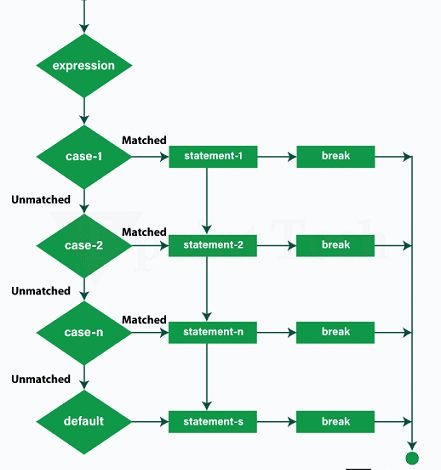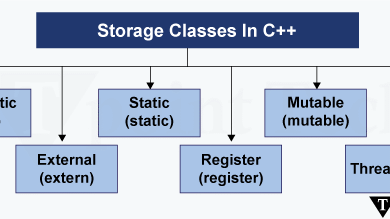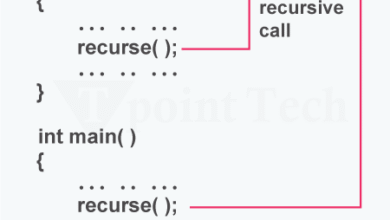C++ switch Case –

|
In C++, the switch statement is a flow control structure that enables us to run several code segments based on the value of a given expression. It offers a sophisticated and effective substitute for utilizing a succession of if-else-if statements when we have to make a decision between several possibilities. The C++ switch statement executes one statement from multiple conditions. It looks similar to the if-else-if ladder statement in C++. Syntax:It has the following syntax: In this syntax,
Flowchart of the Switch Statement in C++:
As we can see in the flowchart, use the following steps to implement the switch statement in C++: Step 1: In the first step, the switch expression is evaluated. Step 2: After that, the evaluated case value is matched against the existed case values. Step 3: Here, the case value is checked. If the case value is matched, that case block is executed. If the case value is not matched, the default case block is executed. Step 4: After that, if the break is present in the block, the program control exits the switch statement after executing that case. If the break is not present in the block, all the cases are executed after the matching case. Step 5: Finally, the statements are executed after the switch statement. C++ Switch Example:Let us take a simple example to illustrate the switch statement in C++. ExampleCompile and Run Output: Enter a number: 10 It is 10 Output: Enter a number: 55 Not 10, 20 or 30 Calculator Program using Switch Statement in C++:Let us take another program to create a calculator using the switch statement in C++. Output: Choose any operator (+, -, *, /): * Enter the Number 1: 15 Enter the Number 2: 4 15 * 4 = 60 Rules of the Switch Statement in C++:Several rules of the switch statement are utilized in C++. Some of them are as follows:
Nested Switch Case in C++:In C++, if we have a switch case inside another switch case, it is known as a nested switch case. It enables multi-level decision-making based on different conditions. Syntax: It has the following syntax: C++ Nested Switch Case Example:Let us take an example to illustrate the nested switch case in C++. ExampleCompile and Run Output: Enter the College Year: 4 C++, Python, Machine Learning C++ Switch Statement fall-through:In C++, the switch statement fall-through may lead to unexpected behaviour and subtle errors. It occurs when the program executes the case statement continues from one case block to the next block without an explicit break statement. It means that when a case statement is matched, all the subsequent case blocks will be executed until the break statement is encountered. C++ Switch Statement fall-through Example:Let us take an example to illustrate the switch statement fall-through in C++. ExampleCompile and Run Output: Enter the Number: 1 C C++ C# Features of Switch Statement:Several features of the switch statement in C++ are as follows:
Limitations of Switch StatementSeveral limitations of switch statement in C++ are as follows:
Conclusion:In conclusion, the C++ switch statement is a flexible construct that makes it easier for programs to handle a variety of scenarios. Its explicit case labels and succinct syntax make code easier to comprehend and maintain, especially in situations when there are many possible outcomes. The switch statement improves the organization of program logic by offering a direct mapping between cases and actions. The switch statement has advantages over an if-else-if ladder in terms of performance because the compiler can optimize it for quicker execution. Developers should be aware of its restrictions, such as the need for integral or enumeration expression types and constant case values. C++ Switch Case MCQs:1. Which of the following operator is utilized after the case keyword in C++ Switch Statement?
Answer: (c) Colon (:) 2. Which of the following option is true for switch statement in C++?
Answer: (a) Default case is optional in C++ switch statement. 3. What is the use of default case in C++ switch statement?
Answer: (b) It is utilized to execute code when any of the case values does not match. 4. What is the main purpose of a switch statement in C++?
Answer: (d) Is used to choose one of multiple code blocks to execute based on the value expression. 5. Which of the following option is not a valid case label in a C++ switch statement?
Answer: (c) case 2.7 Next TopicC++ For Loop
|




